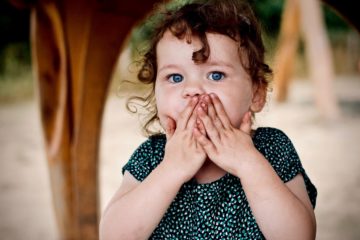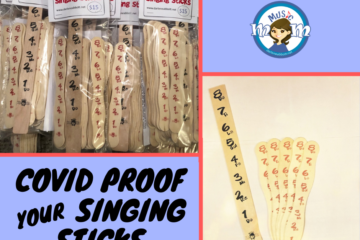
General Movements
- Know the maturity of your age group. Gross and fine motor skills develop at different ages. For instance, Most Kindergarten students can not skip, however fourth graders can. There are huge differences between preschool and elementary ages. Although that seems obvious we need to learn, or be reminded to implement that knowledge as we plan.
- Create successful movements.  Movements or combinations of movements that are too hard cause kids to lose interest. Challenging kids is good, but start at a slower pace, making sure the students are clear about the moves or the combination. Once they are successful, gradually get faster. When kids have met a movement challenge and have learned to perform the challenge at a quick tempo, they want to do it again and again. That is success!
- Use movement to achieve activity management and the sharing or distributing of items. Transitions can be used as classroom management but so can movements. Chants and songs work great to instruct children to go from sitting to standing or vice versa. Â Melting like a snowman or growing like a tree are ways to accomplish the same goal. Be creative with movements.
- Use movements to get attention. Move closer to the group that is “chatty”. Â If they are on the floor, sit or bend down to get on their level. Â If you are sitting to begin with, then stand so that they redirect their gaze. Â Sudden or big arm movements help to redirect the wandering mind.
- Use movements in Story Telling. Â We all love and are familiar with sound stories. Movements can be added too. For example: Every time the sleepy bear is mentioned have students mime a stretch and yawn. Â Everytime a character jumps have them make a jump motion with their hands. etc.
- Use movement for over all development – physical and mental. Â Some of your younger children will still be challenged with doing two things at one time, but that doesn’t mean we shouldn’t try appropriate combinations. This promotes coordination and new connectors in our brains to becoming a multi-tasked individual.
Fun Movement!
- Fun movements can have a purpose – but who says the students have to know. There is a chemical reaction in our bodies with the release of endorphins during laughter. So don’t forget to have fun with movement where fun is the purpose, instead of rhythm or steady beat. It is as good for you as it is for your students.
- Some songs are just fun and there is simply no other purpose.
Movement is a valuable tool in teaching music. Even in large groups, it can be done in place, and is valuable to a child’s development.
Keep Singing,
Mrs. Darlene



7 Comments
Anonymous · February 5, 2023 at 2:53 PM
design coursework https://teachingcoursework.com/
custom coursework writing service · February 5, 2023 at 2:20 PM
custom coursework https://coursework-expert.com/
coursework help · February 5, 2023 at 9:48 AM
buy coursework online https://mycourseworkhelp.net/
coursework writer · February 5, 2023 at 8:45 AM
coursework project https://writingacoursework.com/
coursework · February 5, 2023 at 7:07 AM
coursework service https://courseworkninja.com/
coursework writer uk · February 5, 2023 at 5:50 AM
creative writing english coursework https://brainycoursework.com/
3popular · January 26, 2023 at 11:03 AM
2charges
Comments are closed.